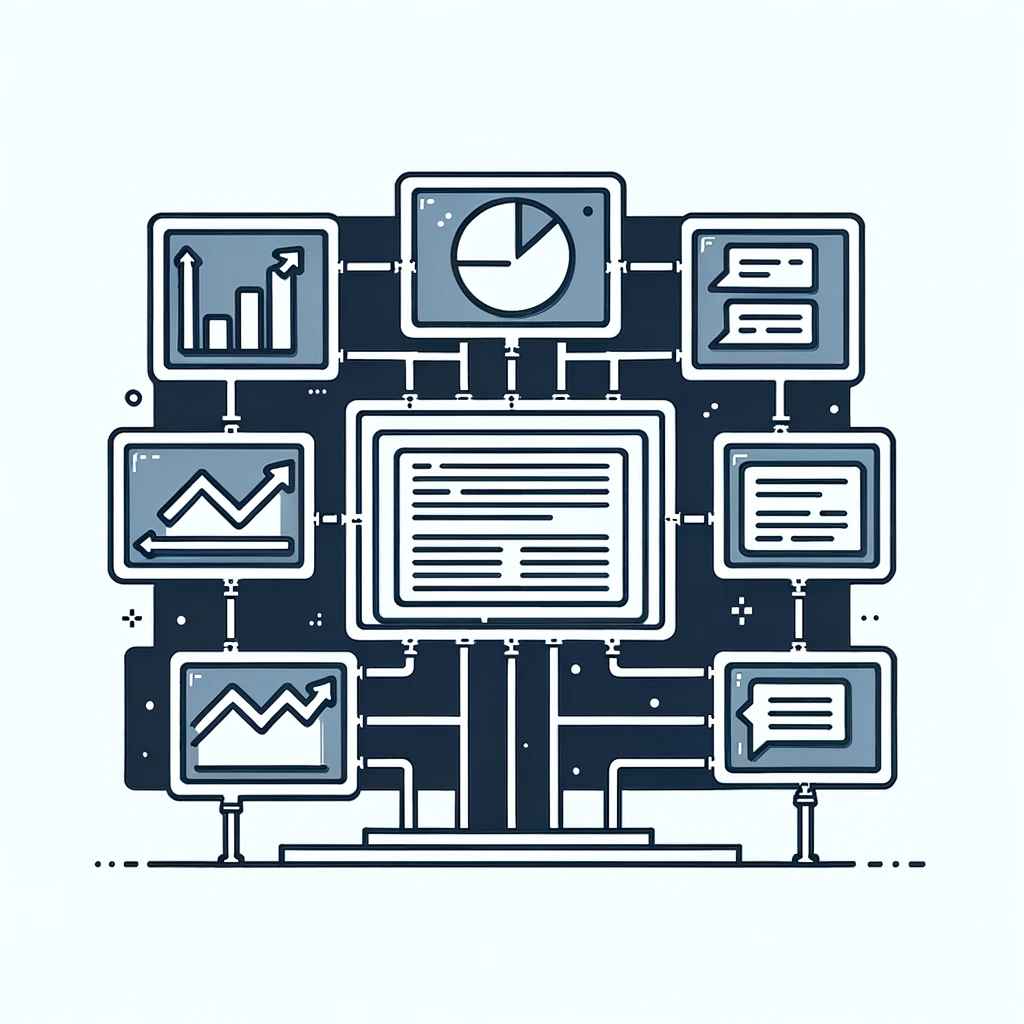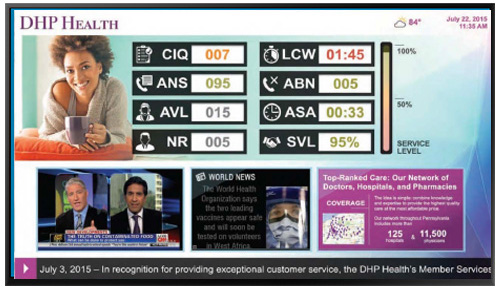The adoption of technology in the workplace is increasing, affecting the need for and speed of digital transformation across the enterprise. From obsolete filing and record storage rooms to memos stuffed in boxes aligned on a wall, the modern workplace barely resembles the business environment of the last century. The workplace is truly becoming modern with employees dispersed across many job roles, languages, and locations, each with their own core set of technology requirements. According to a recent Stanford Institute (SIEPHR) study 3.7 million people (about twice the population of New Mexico) were working from home at the beginning of 2020, with those numbers increasing to 42% (55.8 million) of the active labor force now working from home at least part time.
Companies are quickly realizing that it is essential to rethink their digital workplace experience to ensure they can reach all employees and enable them with secure access to content, data and information, and their business applications and resources used to support business continuity, even in times of crisis.
Lay the foundation with a digital workplace experience strategy and technology ecosystem.
Today’s business climate has proven to leaders how important communications and technology are to the business, helping to better align them to the role communications plays in success of digital transformation. This is where the coordination of efforts between the communications and IT departments can shape, not only the alignment but also encourage support and participation of leadership in the overall implementation and performance of the new modern workplace experience.
With communications as the core driver of every business, and the digital workplace quickly evolving, there has never been a better time to rethink how communications and IT collaborate with each other sharing ownership of the strategy and business outcomes. Traditionally communications owns content creation and publishing only relying on support from IT anytime technology is in the mix. Similarly, IT acts as a support function to the business, protecting security and infrastructure, focused less on the workplace experience.
The rise of the digital workplace and all the benefits it affords offers communications and IT teams the opportunity to collaborate in a seamless manner to change the workplace experience for the better, and in return driving desired outcomes of improved employee engagement and customer experiences that build brand loyalty from the inside out.
What does this partnership look like and how does this blend of strengths coalesce to create a modern workplace experience team that benefits the employee, the customer and, of course, the bottom line?
8 Considerations for Your Digital Workplace Experience Strategy
Digital workplace experience strategies vary from one company to another, but most share a common set of components. Here are 8 key components to consider for your company’s strategy. Also consider how your communications and IT departments will collaborate to define, implement and support your strategy.
- Goals & Outcomes. First you need to set up business goals and desired outcomes. Goals and outcomes may be to reach every employee, to deliver targeted content, or to have ability to measure the effectiveness of communications. Goals can be high level or more granular, but the point here is to have goals with specific KPI’s or definition of what success looks like. Without goals you have no focus or method to align with the business.
- Measuring Performance. Next, you want to align your goals and outcomes to how you will measure success. Every digital workplace experience platform has an analytics product. You will want to make sure the metrics and reports align to your goals so you can measure performance and enable you to create easy to use reports for data sharing and insights with leaders. Look for metrics to measure reach, impressions, open rates, and engagement activities like clicks, shares, and comments.
- Audience Segmentation & Targeting. Look to digital workplace experience platforms with targeting features, but first ask yourself how will you segment your employee audiences into groups? What employee data like first and last name, employee ID, role, department, or location will you need to target them? How will you decide what content each audience segment wants and needs? Will you make assumptions, or will you talk to employees and study their needs? Who will own communicating to each audience segment? Where will they source their content from? This exercise can run as deep as you want it to so start by having a percentage of content that is for meant for all employees, and the other percentage is targeted to a few different audience segments. Get comfortable with targeting and then spread your wings and scale to bring relevance to all.
- Digital Workplace Experience Technology Ecosystem. What does your current digital workplace experience technology ecosystem look like? Do you use different digital platforms for email, one for intranet, one for this and one for that? Or would you prefer a single digital workplace experience platform, acting as the nucleus to your tech stack? One platform to create, publish and measure the workplace experience no matter where content is consumed, or business applications and resources are accessed. One platform with unified analytics across all channels and endpoints. What data or business applications will you need to integrate to enable employees with quick and easy access to the tools needed to perform their job? How will you securely authenticate, provision and deprovision users? How will all this come together? How will all this technology be tested and supported? Where will modern technology help save cost on older technology? A lot to consider here, highlighting the importance of IT’s role in this partnership.
- User Submitted Content, Comments, and Feedback. Today, your employees have a voice as consumers so it’s time to consumerize the employee experience and give them a voice at work. Employee submitted content may be new for many companies, but the truth is employee submitted content generally outperforms your content so encourage them to share content in the form of product knowledge, thought leadership, or recognizing other employees or teams. You should also encourage them to add or reply to comments and supply feedback. While not all content published is meant for two-way conversations, it is safe to say you should be doing this more than you do today. If engagement is what you want, then that is what you will get by giving them a voice.
- Enable a Decentralized Communications Operation. Most employee communications platforms operations are managed in a centralized, controlled model by a small team of communicators acting as a support function to the organization. The larger the company size, the more diverse the audience, the more need for targeting, and the more the communications team will need to move from a centralized to a decentralized model. With this transition, communication can drive the business. This change on your operating model sounds difficult but the way to solve for this is to enable the organization. Enable leaders, people leaders and managers, business functions and locations to own communicating to their audience segments by documenting your digital workplace experience strategy and using that documentation to onboard, train, support and govern others.
- Create Awareness to Drive Adoption. The saying “if you build it, they will come” does not apply here. You can have the right strategy and technology, but if you don’t make employees aware of it the technology and the value to them, they will not try it. It’s time to think like marketers. Use the power of internal marketing and promotions to create awareness. Craft events where leaders can announce and demo the innovative technology, share explainer videos, or short videos from leaders, use email, posters, printed mailers, and contests to drive excitement. Driving adoption is a continuous process and once employees use the technology, you might need to consider re-engaging them with different content like quizzes, surveys or incentivize them through gamification. If you can get them there, and deliver relevant content, easy access to the data, information and business applications they need, they will come back again, and again. That long term engagement turns into retention. Consider how marketing and promotions support the employee journey from adoption through retention.
- Leadership Participation. For most companies, getting leaders to create content or participate in the digital workplace experience could be challenging, but if there is one bright spot, we have seen these last many months, throughout the pandemic, is leaders stepping up. CEO’s and executives are producing videos with their phones from their kitchen and home office. These videos are authentic driving high engagement. Now that we have many doing this, how do you sustain this? If leaders are not comfortable creating videos or other forms of content, ask them to take a few minutes every day to participate recognizing others through liking, commenting or sharing a post. When leaders set the example, employees will follow.
Managing the digital workplace experience is a team sport. Consider a new approach to unite departmental strengths transforming your combined teams’ knowledge and technical capabilities. While there is change throughout this journey, it is positive change offering communications and IT growth so be open to reinventing the way you work and do all you can to enable and protect the workplace experience. Be the superheroes your employees need you to be!









